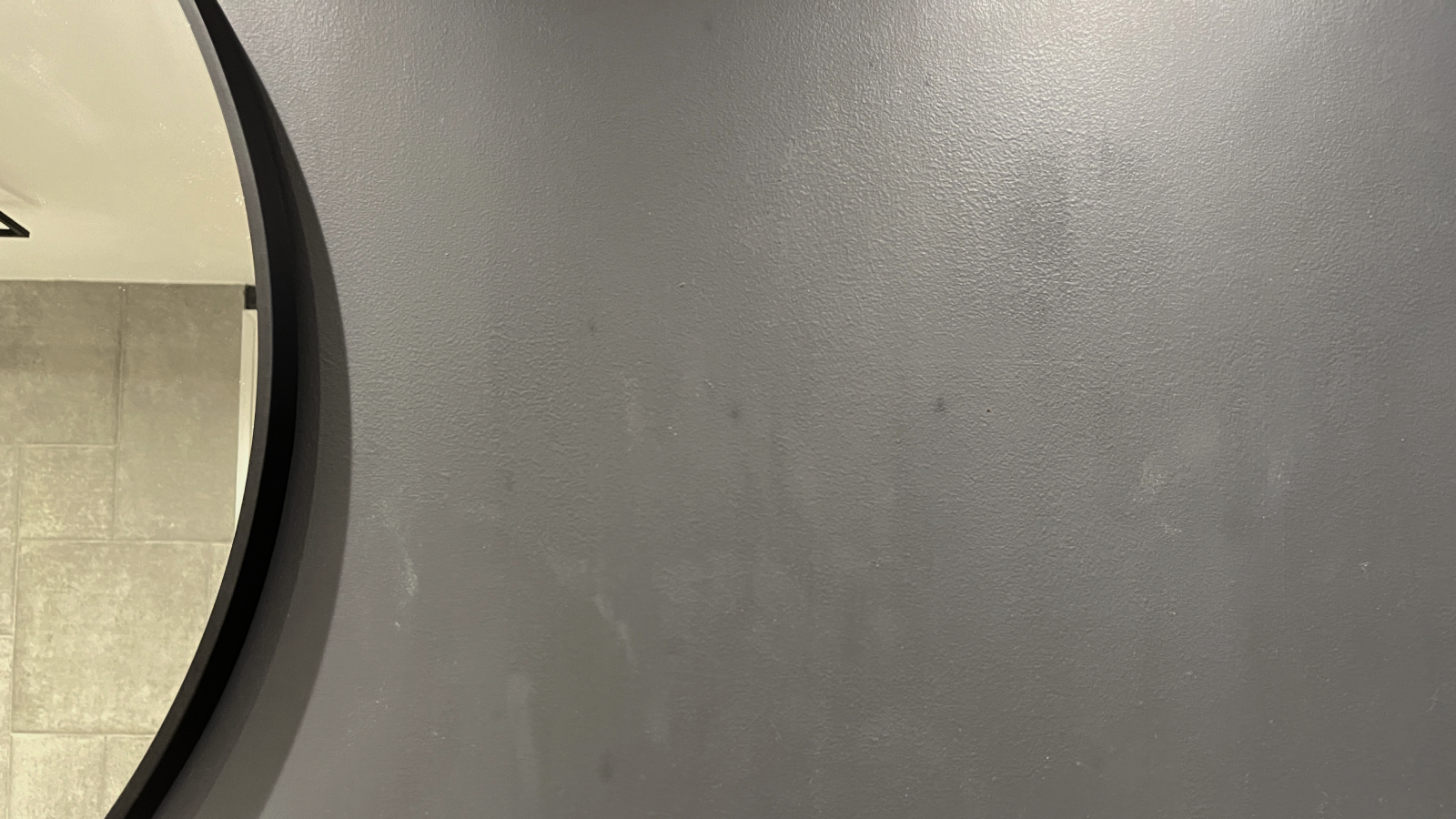What types of energy-efficient windows are worth considering? Glazing experts explain your options
If you're exploring the different types of energy-efficient windows for your home, our expert guide will help you understand which option will best suit your project and budget
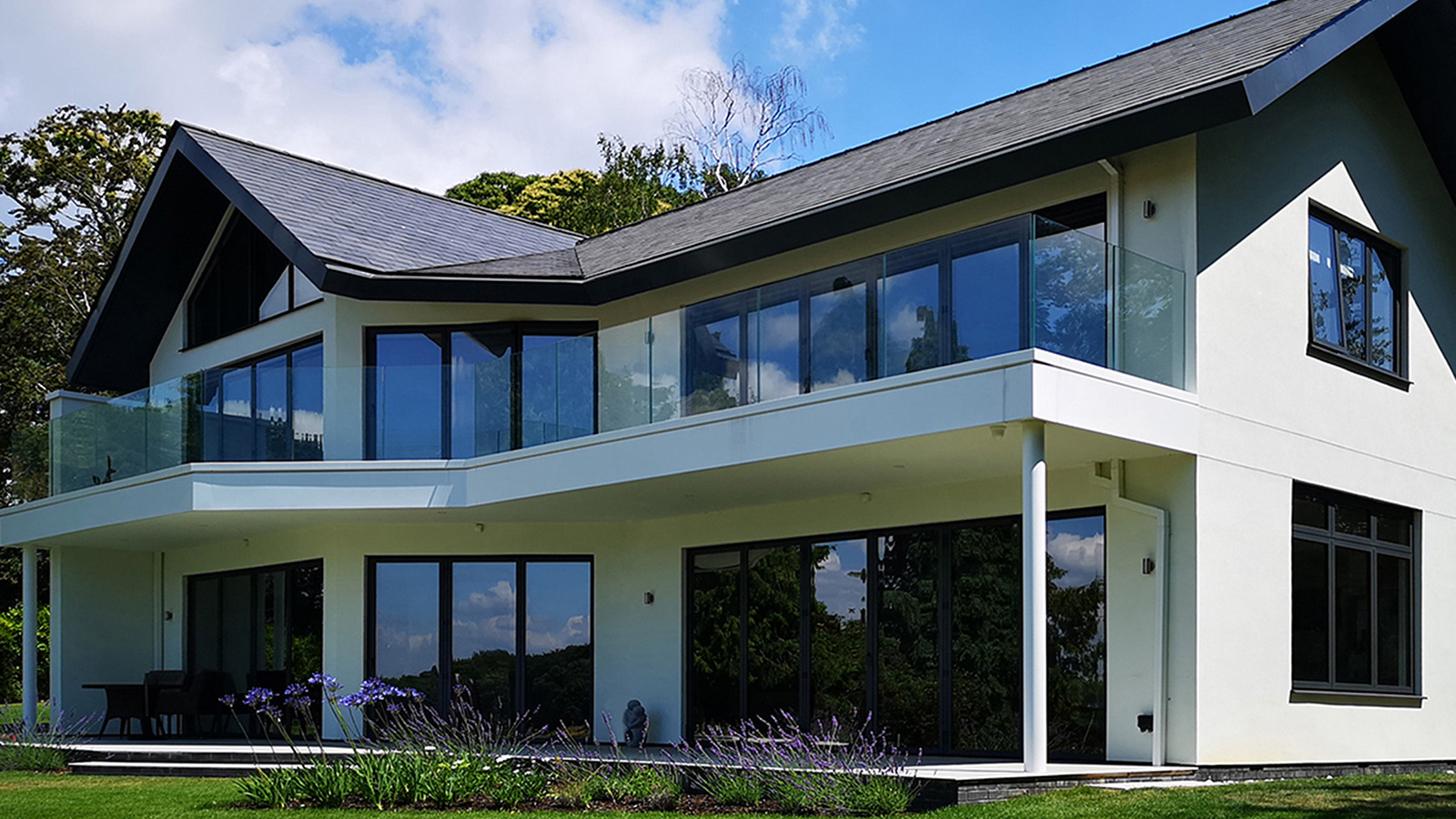
Not surprisingly there are many different types of energy-efficient windows available these days, with it being more important than ever for homeowners to make their properties work for them in a way that allows them to feel comfortable without facing huge energy bills.
"The energy efficiency of most types of windows has improved significantly over the past 20 years, driven by both the development in technology of the frames and glass and by the demands of Building Regulations for greater thermal efficiency," explains Edward Stobart, sales manager at IDSystems.
The Building Regulations surrounding the energy efficiency of windows have seen changes in recent years that have strongly affected the windows those self building, extending and even renovating can choose in order to comply.
Here, with the help of experts in the field, we take a look at the different types of energy-efficient windows out there, explain the choices you will face when it comes to frame materials and also explore your glazing options.
What types of energy-efficient windows are there?
In an ideal world, homeowners would be able to get hold of a list of energy-efficient window styles and simply pick those that they like the most. Unfortunately, it is not quite as clear cut as that.
This is because there are several elements that go towards making a window energy efficient – and the level of energy efficiency required will vary depending on the type of house you are building or living in too.
"What makes a window energy efficient is its ability to prevent heat transfer so that interior temperatures remain comfortable all year round, whatever the weather outside," explains Victoria Brocklesby, COO at Origin.
Bring your dream home to life with expert advice, how to guides and design inspiration. Sign up for our newsletter and get two free tickets to a Homebuilding & Renovating Show near you.
The two main elements to consider when choosing energy-efficient windows are:
- Glazing
- Frame material
Of course the quality of the windows, how they are installed and even how they are positioned can all have an effect on their energy-efficient credentials too.
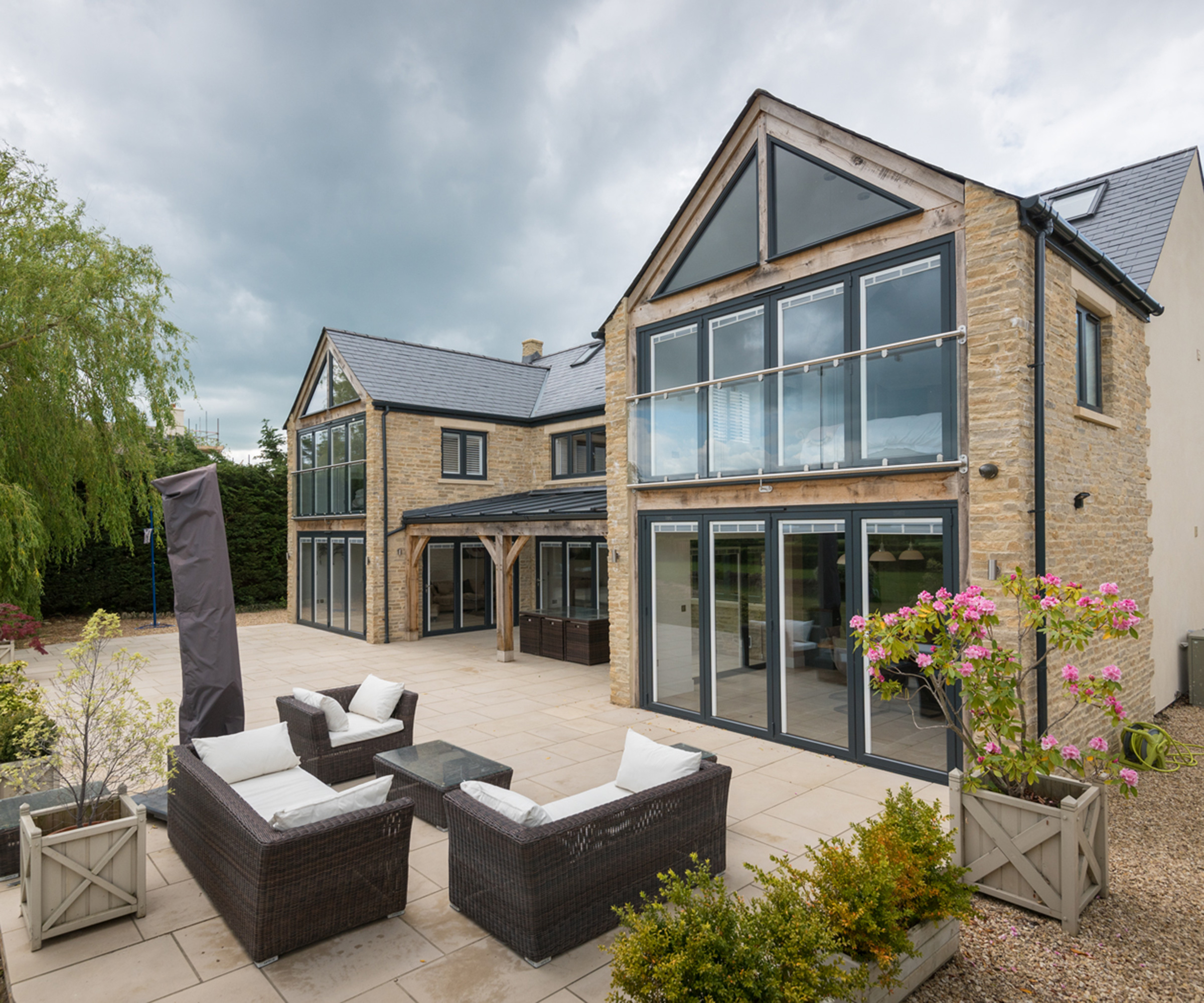
Choosing energy-efficient glazing
One of the main driving factors behind how energy efficient any window will be is the type of glazing it is fitted with.
"The thermal efficiency of glass sealed units has improved so much that it is now the frames that are the least efficient part of the window – whereas once upon a time it was the glazing," says Edward Stobart.
"Triple glazing is typically always more efficient than double glazing, but it is worth noting that the thickness of the sealed unit will have an impact on its performance," continues Edward. "Not all triple glazing is the same. If you opt for too slim a triple-glazed unit, you won’t always get the optimal benefit of the glass, so it is important to know what sized glazing can be incorporated into the doors and windows you are looking at.
"It is also important to bear in mind that triple glazing weighs significantly more than double glazing and therefore you may find limitations on the size of window sashes, particularly when they are opening. It is therefore important that you do your research, not just purely about how efficient a window is, but in combination with the triple glazing costs and the design options, to identify the most suitable solution for your project."
"Whilst glazing does have an impact on a window’s thermal efficiency, no two double-glazed systems are the same and that’s because of the frame," adds Victoria Brocklesby. "The technology within the frame varies significantly between manufacturers and is an integral part to the performance and quality of a system, so it shouldn’t be underestimated."

Edward Stobart is sales manager at IDSystems. A long serving member of the IDSystems team, for the past 20 years Edward has advised and supported self-builders and renovators to identify the most suitable glazing options for their project. He has recently finished a complete renovation and remodel of his own home, transforming a tired 1960s house into a stylish modern family home.
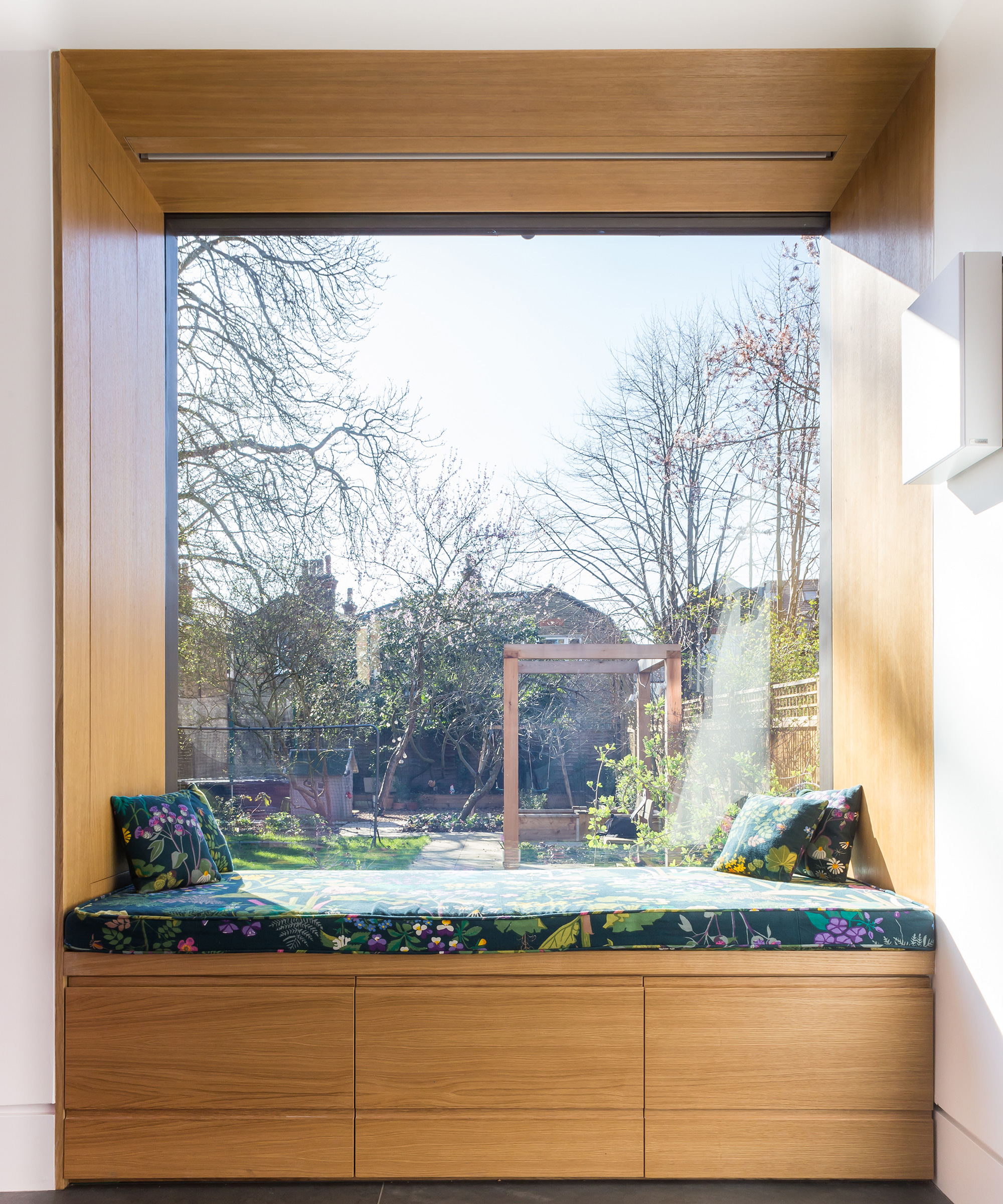
Energy-efficient window frames
When choosing window materials, it pays to do your research when it comes to which offer the best thermal efficiency. There are generally three types of framing materials available:
- Timber
- Aluminium
- uPVC
It is important to be aware, however, that the material the window frame is made of does not have as much of an influence on its efficiency as the technology that has gone into its construction.
"Window frames can be made from several materials, including aluminium, uPVC, and wood," clarifies Victoria Brocklesby. "Whilst some materials are naturally more thermally efficient than others, it's the technology inside or between the frames that makes the biggest difference.
"For example, aluminium is not an inherently thermally efficient material, but we use it because its strength and durability are unmatched. This allows us to use larger expanses of glass and offer much slimmer frames than uPVC or wood alternatives," continues Victoria.
It is worth noting that both timber and uPVC windows can also be designed to be highly energy efficient and, in some cases, more so than aluminium windows. That said, they do have their downsides. Timber requires a little more maintenance than aluminium and uPVC tends not to hold the same aesthetic appeal than either aluminium or timber.

Victoria Brocklesby is COO and co-founder at Origin, a leading manufacturer of aluminium doors and windows. Victoria has worked across every department at Origin, using this knowledge to improve performance and instil the best sustainable practices possible.
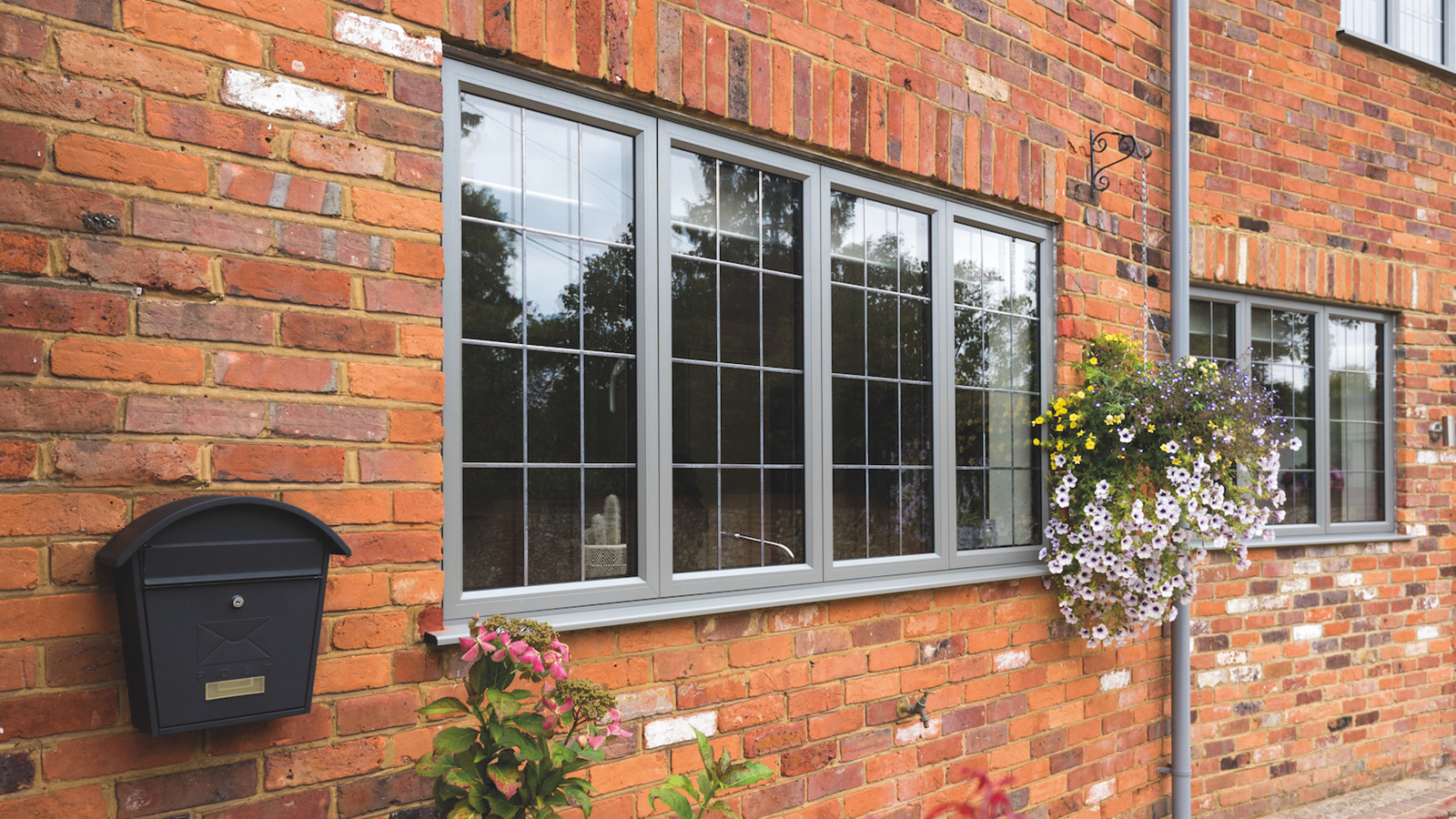
U-value requirements for windows
When building or extending, you will need to consider U-values – but what is a U-value?
In basic terms, a U-value measures "how good or bad a component is at transmitting heat from inside to outside," explains Paul Testa, director of HEM Architects and a specialist in low-energy design.
Building Regulations now insist that any window you install today should have a U- value no worse than 1.6W/m²k, while the Passivhaus standard requires triple-glazed windows with a U-value of no more than 0.8W/m²k.
"To ensure our windows are thermally efficient, we use highly innovative state-of-the-art thermal breaks and industry-leading weathertight seals," points out Victoria Brocklesby. "Plus, our windows can be specified with a material called Aerogel which has the lowest thermal conductivity of any known solid material on Earth, enabling them to achieve U-Values as low as 0.8W/m2K."

Architect Paul is the director of HEM Architects and a specialist in low-energy design. HEM Architects are well-versed in designing sustainable, energy-efficient new builds and extension schemes. He has also just completed an eco retrofit to his family home.
He taught the technology course for the MArch in Architecture at Sheffield University, and is a tutor for the Sustainable Architectural Studies Masters course.
Choosing the best energy-efficient windows for your home
When selecting energy-efficient windows, there are several things to consider, including the type of house they will be fitted in and the look you are aiming for. Your budget will also play a big role here – and there is a considerable difference between new window costs. For example, according to experienced quantity surveyor Tim Phillips, if you select timber windows as an option, you can expect the cost to increase by 50% over the typical uPVC costs for a comparable window.
"When talking to an installer, don’t just opt for their first recommendation. Take the time to evaluate the market and interrogate each product based on its thermal efficiency, quality, and aesthetics," advises Victoria. "One red flag to look out for is if the window comes in triple glazing as standard. On the face of it, this may indicate a higher level of thermal efficiency, but it's actually an indication that the frame itself is not thermally efficient, so the manufacturer has had to opt for triple glazing to meet building regulations. Not only does this make the frames bulkier, but it adds to the overall cost of the window too."
"The balance with choosing any window is weighing up the up-front cost vs the long-term savings in energy bills that the more efficient windows will provide," says Edward Stobart. "Spending significantly more up-front on a system that possibly won’t save you much in the long run may not be the ideal option – even if that window is more energy efficient.
"It is also important to consider your project, opting for ultra-efficient windows on an extension to a Victorian terraced home for example may well improve the energy efficiency of the extension itself, but taken into the context of the whole house those benefits will likely be reduced by less energy-efficient elements of the existing house."
"Finally, when assessing the thermal efficiency of a window, check if the void between the panes of glass in the unit is filled with argon gas," advises Victoria. "Argon gas offers better insulation than traditional air-filled units as it has a higher density than air which helps reduce heat transfer."
How energy efficient are rooflights and lanterns?
Those fittings roof glazing, such as rooflights or roof lanterns will no doubt be keen to understand what energy-efficient products are available in this section of the market.
"Energy efficiency is all about good insulation in your home. By replacing your roof window with a new one you can save energy due to an improved isolation value of the roof window," says the experts at VELUX. "For example, replacing it with a two-layer pane window or three-layer pane window."
They go on to explain the other ways in which rooflights can up the thermal efficiency of your home, including by fitting certain types of blind.
"VELUX blackout energy blinds offer an effective solution for anyone with a VELUX window to save on their energy bills," they continue. "The unique design of VELUX energy blinds provides insulation all year round, improving the insulation of the window by 25%. The blinds’ honeycomb structure and aluminium coating inside improves the insulation effect of the window and indoor climate."
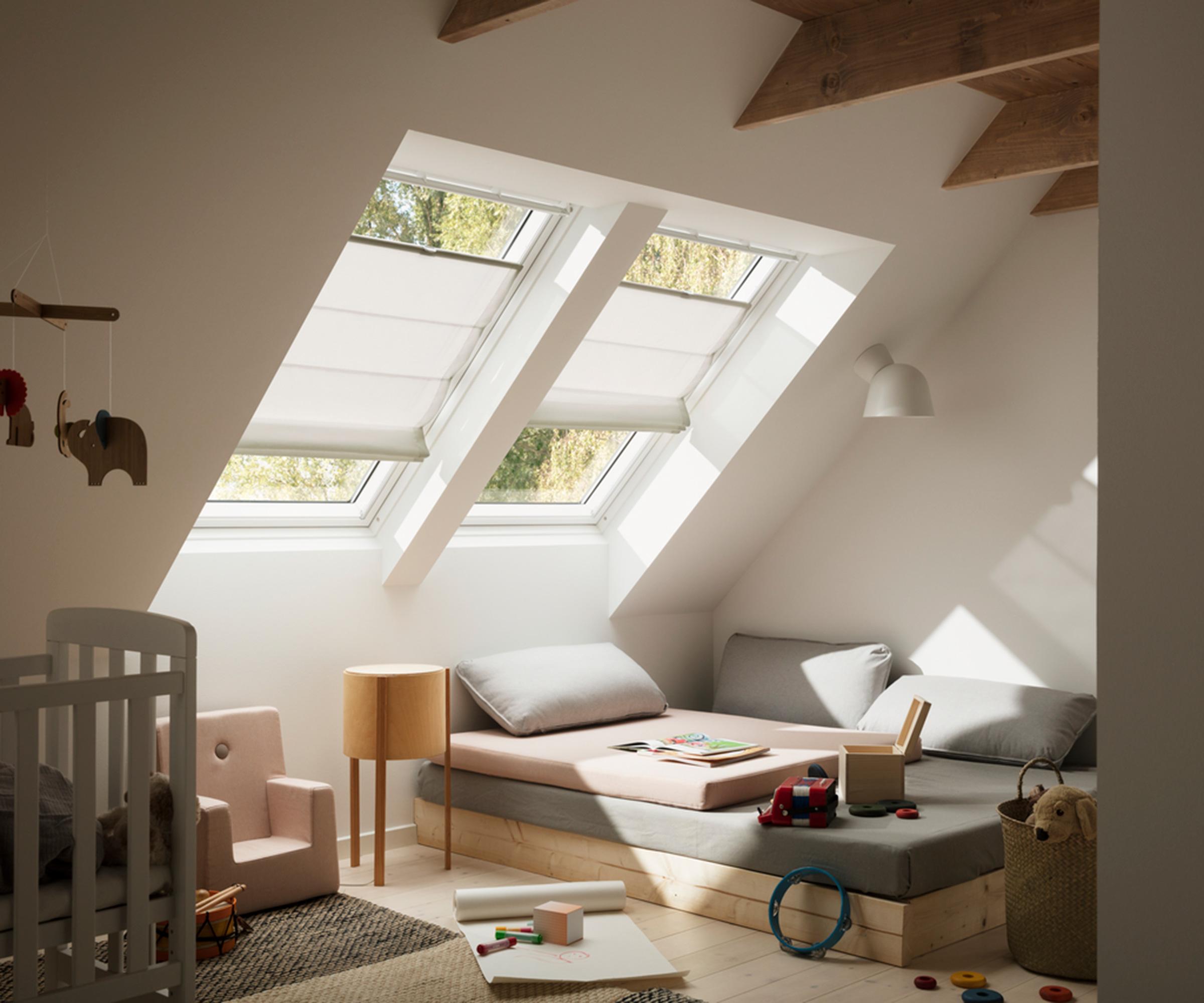
FAQs
Can I fit energy-efficient windows on a listed building?
Those buying a listed building or already living in one might well be extremely restricted when it comes to installing any kind of new window, let alone an energy-efficient one.
While every listed building needs to be assessed on a case-by-case basis, most conservation officers favour changes which are like-for-like or sensitive replacements. Adding super modern new windows is not going to be granted consent, however, replacement sashes, for example, where the existing ones are damaged will be more favourable.
If you are renovating a house with older windows or your budget just won't stretch to top-of-the-range, triple-glazed energy-efficient windows, remember that there are other options.
Secondary glazing, for example, is a popular way of saving energy, as is draught proofing windows with measures such as weather stripping. Even hanging heavy curtains or fitting thermal blinds can help.
If you're also investigating internal window ideas, remember that while you may not need to worry as much about thermal efficiency, you will need to pay extra attention to the safety features of the glass.
Natasha was Homebuilding & Renovating’s Associate Content Editor and was a member of the Homebuilding team for over two decades. In her role on Homebuilding & Renovating she imparted her knowledge on a wide range of renovation topics, from window condensation to renovating bathrooms, to removing walls and adding an extension. She continues to write for Homebuilding on these topics, and more. An experienced journalist and renovation expert, she also writes for a number of other homes titles, including Homes & Gardens and Ideal Homes. Over the years Natasha has renovated and carried out a side extension to a Victorian terrace. She is currently living in the rural Edwardian cottage she renovated and extended on a largely DIY basis, living on site for the duration of the project.

